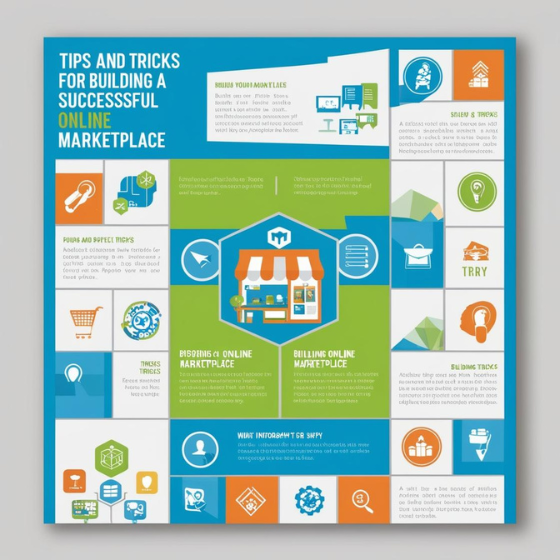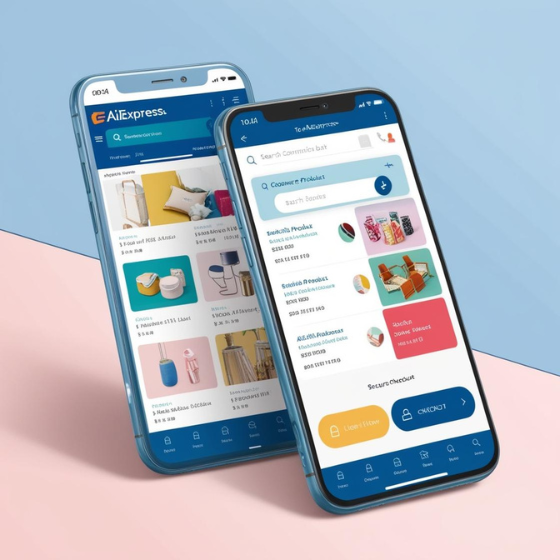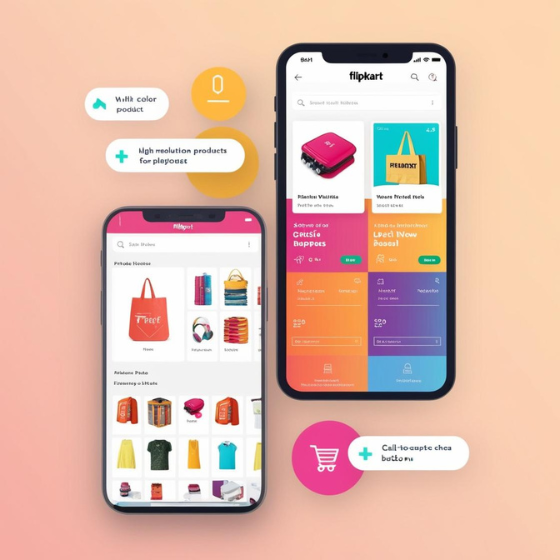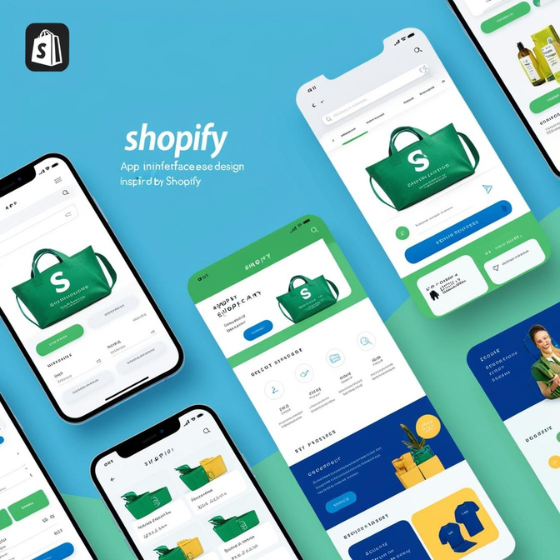Building a Successful Online Marketplace: Tips and Tricks
Did you know that global e-commerce sales are projected to reach $8.1 trillion by 2026? Online marketplaces, like Amazon, Etsy, and Airbnb, are driving much of this growth by connecting buyers and sellers seamlessly. If you’ve ever wondered how these platforms thrive or dream of creating your own, this blog is for you.
In this guide, we’ll uncover actionable tips and tricks for building a successful online marketplace. By the end, you’ll have a clear roadmap to create a platform that attracts users, fosters engagement, and generates revenue. Let’s dive in!
What Is an Online Marketplace?
An online marketplace is a digital platform where multiple sellers can list their products or services, and buyers can purchase from various vendors in one place. Marketplaces like Amazon revolutionized e-commerce by offering convenience, choice, and trust.
If you’re planning to start one, the process involves more than just setting up a website. Building a successful online marketplace: tips and tricks will guide you through essential steps such as user acquisition, monetization, and scaling.
Why Build an Online Marketplace?
Marketplaces are lucrative, scalable, and efficient. Here are some compelling reasons why you should consider building one:
- High demand: People prefer platforms offering variety and convenience.
- Scalable revenue streams: You can earn through commissions, subscriptions, ads, or premium listings.
- Global reach: Digital platforms allow businesses to serve users worldwide.
- Lower inventory risks: Since sellers handle products or services, you don’t need to stock inventory.
With the right strategies, building a successful online marketplace can transform your entrepreneurial vision into a thriving business.
Tips and Tricks for Building a Successful Online Marketplace
1. Define Your Niche and Target Audience
Every successful marketplace starts with a well-defined niche. Instead of catering to everyone, focus on solving specific problems for a target group. Ask yourself:
- Who will use my platform?
- What value will I offer them?
- How is my idea different from competitors?
For instance, platforms like Fiverr cater to freelancers, while Houzz focuses on home renovation services. Defining your niche ensures you stand out in the crowded marketplace landscape.
Pro Tip: Use surveys, interviews, and competitor analysis to understand your audience deeply.
2. Choose the Right Monetization Model
Your revenue model determines how your marketplace generates income. Popular options include:
- Commission-based: A percentage of each transaction (e.g., Uber, Airbnb).
- Subscription-based: Monthly or yearly fees for access (e.g., LinkedIn Premium).
- Freemium: Free basic services with paid premium features (e.g., Spotify).
Ensure your monetization strategy aligns with your niche and user preferences.
Explore Sodio’s custom development solutions to integrate these models seamlessly into your platform.
3. Prioritize User Experience (UX)
An intuitive design is non-negotiable for attracting and retaining users. Consider these UX best practices:
- Easy navigation: Ensure users can find what they’re looking for effortlessly.
- Responsive design: Your platform should work smoothly on mobile devices.
- Fast loading speed: Delays can frustrate users and increase bounce rates.
Invest in features like chatbots, secure payment systems, and personalized recommendations to enhance usability.
Hyperlink: Learn about Sodio’s UI/UX design services to create a seamless user experience.
4. Attract Buyers and Sellers Effectively
A marketplace thrives when both buyers and sellers see value in it. Use these strategies to grow your user base:
- For sellers: Offer competitive fees, detailed analytics, and promotional tools.
- For buyers: Provide secure payment options, detailed product reviews, and customer support.
To solve the classic “chicken-and-egg” problem, prioritize onboarding sellers initially, as their offerings attract buyers. Run marketing campaigns to highlight your platform’s benefits to sellers.
5. Leverage Technology and Automation
The backbone of a successful online marketplace is robust technology. From building a scalable backend to implementing advanced features like AI-based recommendations, technology drives user satisfaction and business efficiency.
Key technologies for your marketplace include:
- AI algorithms: For personalized user experiences.
- Blockchain: For secure and transparent transactions.
- Data analytics: To track user behavior and optimize operations.
Want expert guidance? Check out Sodio’s expertise in blockchain and mobile app development to power your marketplace.
6. Build Trust and Transparency
Trust is the currency of online marketplaces. To foster confidence among your users:
- Implement secure payment gateways: Ensure transactions are safe and reliable.
- Enable user reviews: Let buyers share their experiences with sellers.
- Offer dispute resolution services: Quickly address conflicts or complaints.
For inspiration, platforms like Airbnb have excelled by building trust through user verification, ratings, and robust customer support.
7. Focus on Marketing and Growth
Even the best marketplace needs promotion to thrive. Effective marketing strategies include:
- Content marketing: Write blogs, guides, and videos showcasing your platform.
- Social media ads: Target your audience on platforms like Facebook and Instagram.
- SEO optimization: Rank higher on search engines by using relevant keywords.
Link: Learn how Sodio can help you create a growth-focused marketing strategy tailored to your needs.
Real-World Success Stories
Let’s look at two examples of successful online marketplaces:
Etsy: Supporting Small Businesses
Etsy started as a niche platform for handmade and vintage items. By focusing on community, transparent policies, and user-friendly design, it now hosts over 5 million active sellers.
Airbnb: Revolutionizing Hospitality
Airbnb disrupted the hospitality industry by offering unique accommodations. Their success lies in prioritizing trust through reviews, transparent pricing, and excellent customer support.
Both platforms exemplify the strategies discussed above, proving that building a successful online marketplace is achievable with the right approach.
Common Challenges and How to Overcome Them
Launching an online marketplace comes with challenges. Here’s how to tackle them:
- User acquisition: Use referral programs and partnerships to attract users.
- Competition: Differentiate through niche focus or superior UX.
- Technical issues: Partner with experts like Sodio for scalable and reliable tech solutions.
Conclusion: Start Building Your Marketplace Today
Building a successful online marketplace: tips and tricks isn’t just a dream—it’s a strategic endeavor that can lead to incredible success. By focusing on niche definition, user acquisition, monetization, and trust-building, you can create a platform that stands out.
Ready to turn your vision into reality? Explore Sodio’s services to build a cutting-edge marketplace tailored to your needs. Whether it’s mobile app development, blockchain integration, or UI/UX design, Sodio has you covered.







